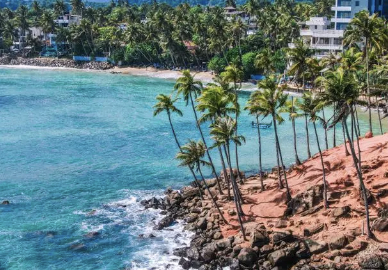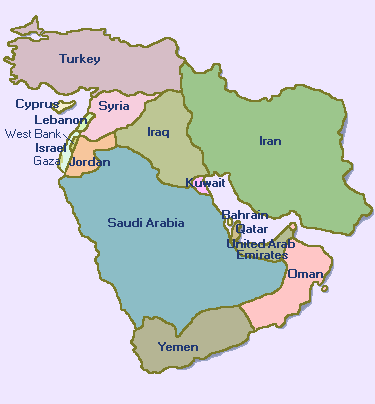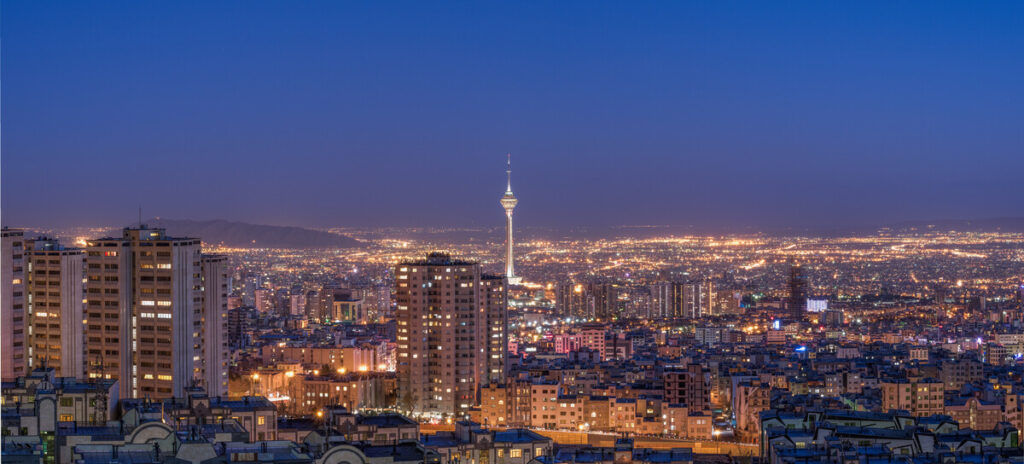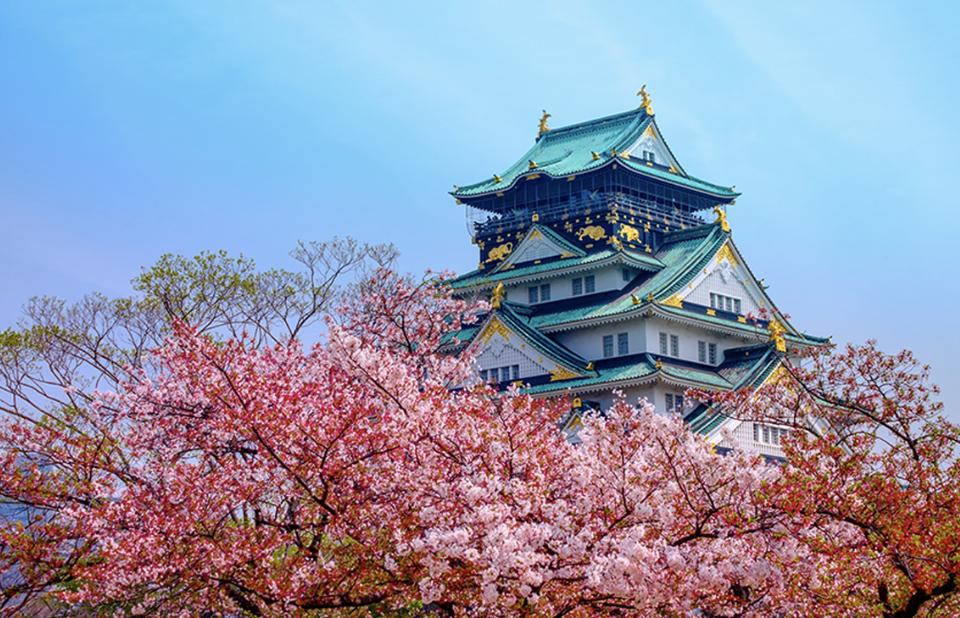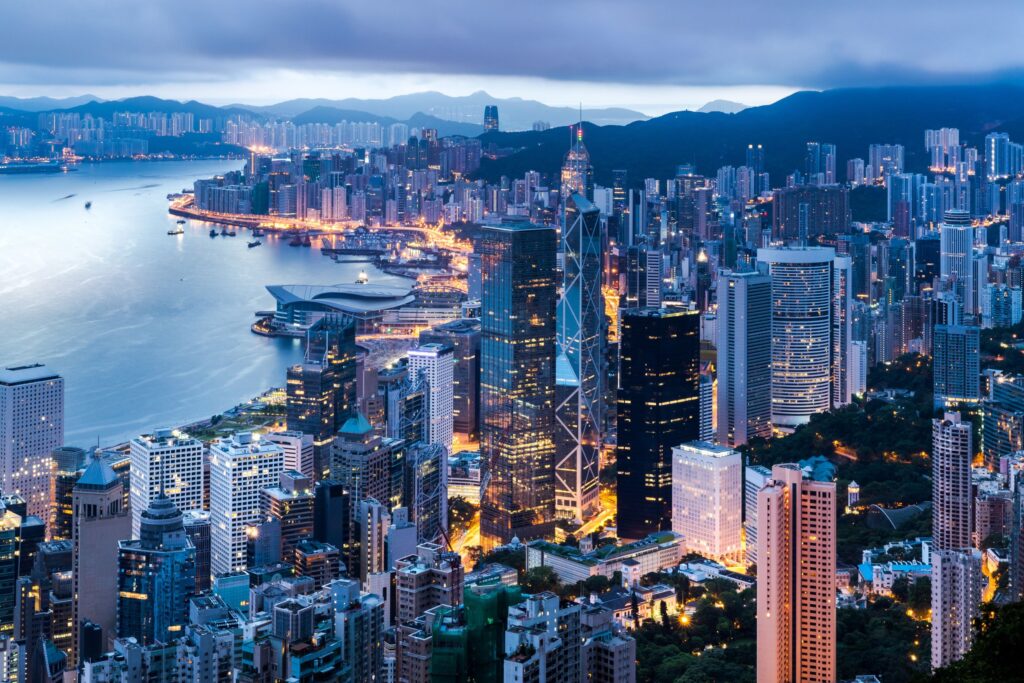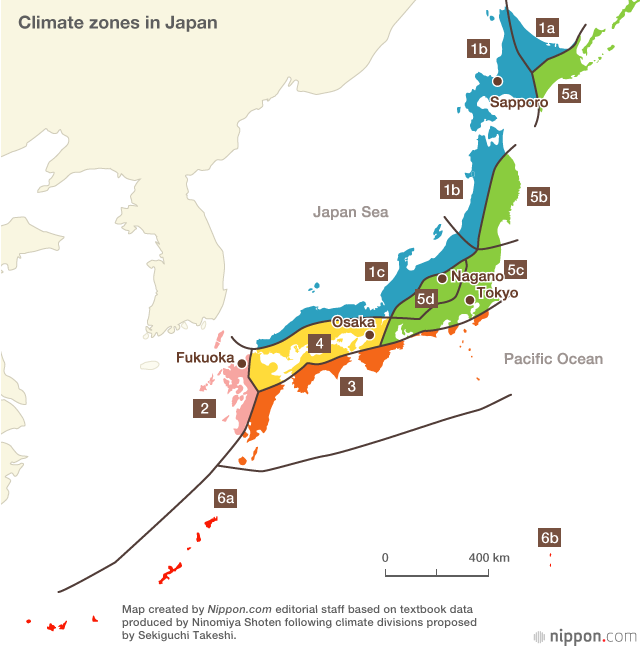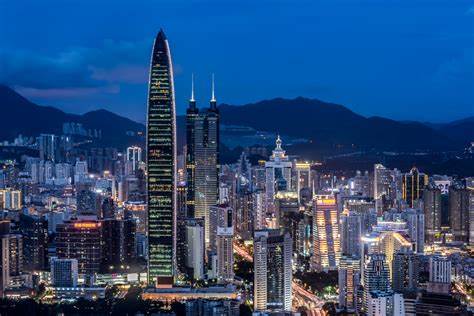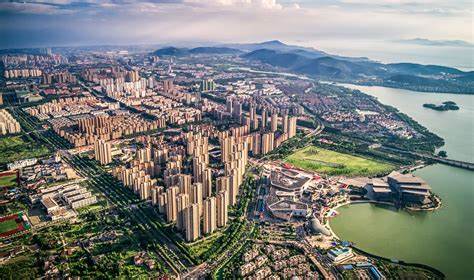As we all know, Shenzhen is the first special economic zone in China, and the economic development of Shenzhen is also in the forefront of China, so Shenzhen is a very important city. Now, I would like to introduce some information about Shenzhen’s economic development history and current situation. Shenzhen, as an important window of China’s reform and opening up and one of the special economic zones, has experienced amazing development since the 1980s. From a small fishing village to an international metropolis, Shenzhen is not only the epitome of China’s economic take-off, but also an important symbol of China’s reform and opening up. This report aims to sort out and analyze the historical changes of Shenzhen since the reform and opening up, and show the brilliant achievements and challenges faced by Shenzhen through the changes in economy, urban development and population structure. Initial stage (1979-1990) After the establishment of the special economic zone in Shenzhen, the hard work began. At this stage, Shenzhen’s infrastructure construction was gradually carried out, and its economy initially formed a scale. At the same time, a large number of rural people poured into the city, and Shenzhen began the process of urbanization. Rapid development stage (1990-2000) With the deepening of reform and opening up, Shenzhen’s economy has achieved rapid development and formed an industrial pattern dominated by manufacturing. At the same time, the urbanization process of Shenzhen has accelerated, the urban infrastructure has gradually improved, and the social undertakings have also made great development. Transformation and upgrading Stage (2000-2010) In the 21st century, Shenzhen’s economic structure began to transform and upgrade, transforming from manufacturing to high-end service industry. At this stage, Shenzhen’s high-tech industry and financial industry have developed rapidly. New Age Stage (2010-present) With the rise of China’s economy and the acceleration of globalization, Shenzhen has also ushered in new opportunities for development. At this stage, Shenzhen’s economy continued to grow, and high-end service industries and scientific and technological innovation became the new driving force for development. At the same time, the urbanization level of Shenzhen has been further improved, and the ecological environment has been effectively protected. Overall, Shenzhen’s development is a microcosm of China’s reform and opening up and a successful practice of socialism with Chinese characteristics. The historical changes in Shenzhen’s economy, urban development and population structure demonstrate the great achievements of China’s reform and opening up, as well as the diligence, wisdom and great creativity of the Chinese people. In the future, Shenzhen will continue to deepen reform and opening up, promote high-quality economic development, strengthen urban infrastructure construction, improve urban and environmental quality, promote population structure optimization and the equalization of public services, and strive to become a modern international metropolis with global influence. After talking about the economic history of Shenzhen, we will talk about the current economic situation of Shenzhen. In accordance with the decision-making and deployment of the Party Central Committee and The State Council, as well as the work requirements of the provincial Party committee and the provincial government, we adhere to the general tone of seeking progress while maintaining stability, comprehensively, accurately and comprehensively implement the new development concepts, accelerate the construction of a new development pattern, and solidly promote high-quality development. The city’s economy has continued to recover, pick up and improve, and the quality and efficiency have been further improved. According to the unified accounting results of Guangdong’s regional GDP, the city’s regional GDP in 2023 will be 3,460.64 billion yuan, an increase of 6.0%. Among them, the added value of the primary industry was 2.471 billion yuan, up 2.6% year-on-year; The added value of the secondary industry was 130,1.532 billion yuan, up by 6.5% year-on-year; The added value of the tertiary industry was 2,156.638 billion yuan, up 5.6% year on year. 1. Industrial production grew steadily In 2023, the city’s industrial added value above designated size increased by 6.2% year on year, 0.7 percentage points faster than that from January to November. In terms of industry categories, the added value of mining, manufacturing, electricity, heat, gas and water production and supply industries increased by 4.4%, 5.6% and 19.2%, respectively. Among the major industry categories, the value added of the above-designated automobile manufacturing industry increased by 47.3%, the value added of the metal products industry increased by 23.2%, and the power and heat production and supply industry increased by 14.7%. The output of major high-tech products continued to grow rapidly, among which the output of new energy vehicles and service robots increased by 104.2% and 36.0%, respectively. 2. Investment in fixed assets grew steadily and rapidly In 2023, the city’s fixed asset investment increased by 11.0% year-on-year. By industry, investment in the secondary industry grew by 43.1 percent and that in the tertiary industry by 3.7 percent. Among them, industrial investment growth was strong, up 43.0%. In terms of sectors, manufacturing investment played a significant role in driving growth, up by 53.8%; Investment in real estate development increased by 10.6%. Investment in high-tech industries was brisk, with investment in high-tech manufacturing growing by 64.0%, of which investment in electronic and communication equipment manufacturing increased by 70.6%. Investment in the social sector grew rapidly, among which the investment in culture, sports and entertainment increased by 29.4 percent, and the investment in public administration, social security and social organizations increased by 27.1 percent. 3. Market sales recovered quickly In 2023, the total retail sales of social consumer goods in the city exceeded one trillion yuan for the first time, reaching 1,048.619 billion yuan, an increase of 7.8%. By consumption type, retail sales of goods increased by 7.0%; Food and beverage revenue rose 15.2 percent. The sales of basic living commodities were good, among which the retail sales of grain, oil and food of units above the quota increased by 13.3%. Consumer upgrading goods maintained rapid growth, among which, the retail sales of communication equipment, household appliances and audio and video equipment of units above designated size increased by 19.4% and 13.6% respectively.


